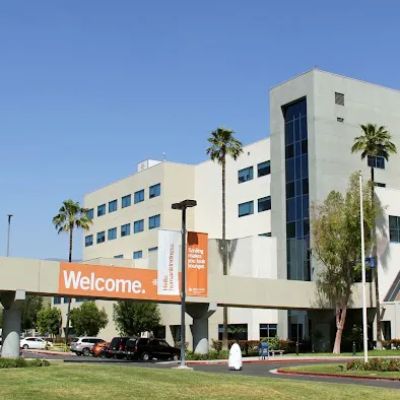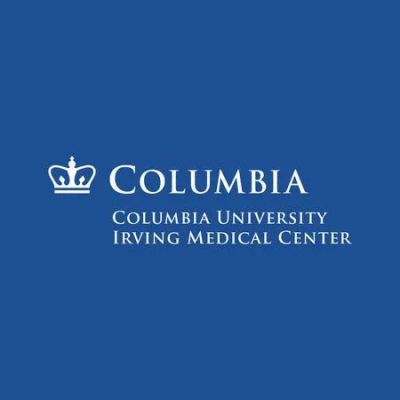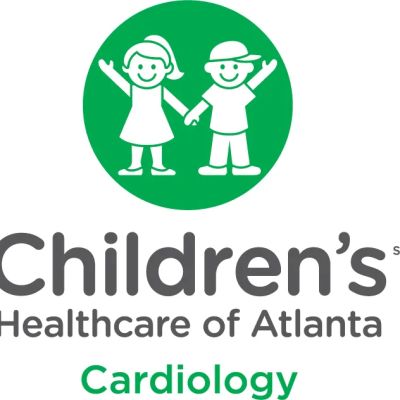Understanding Blood Clot Formation and Heart Attacks
Blood clots are a crucial part of the body's healing process. However, when these clots form in the wrong places, they can lead to life-threatening conditions like heart attacks. As someone who has always been concerned with maintaining good health, I wanted to dive deeper into how blood clots form and how they contribute to heart attacks. This article will explore the mechanics of blood clotting, the risk factors for heart attacks, and how you can reduce your risk.

1. What is Blood Clot Formation?
Blood clot formation is a natural process that occurs when the body needs to stop bleeding. It’s part of the body’s hemostasis mechanism. When a blood vessel is injured, platelets in the blood adhere to the injury site and release chemicals that attract more platelets. This forms a clot that stops the bleeding. While this process is essential for healing, it can be dangerous if a clot forms when it isn't needed, blocking blood flow to important organs like the heart.
Atlanta Heart Specialists
atlanta heart specialists
4375 Johns Creek Pkwy #350, Suwanee, GA 30024, USA

1.1 The Role of Platelets and Fibrin in Clotting
Platelets are small blood cells that help form blood clots. When a blood vessel is injured, platelets rush to the site, stick together, and form a plug. At the same time, another protein in your blood, called fibrin, creates a mesh around the platelets to solidify the clot. This process prevents excessive bleeding but, if uncontrolled, can lead to serious health problems like a stroke or heart attack when blood flow is obstructed.
2. How Do Blood Clots Lead to Heart Attacks?
A heart attack, medically known as a myocardial infarction, occurs when a blood clot blocks one of the arteries that supply blood to the heart muscle. These arteries are called coronary arteries. If a clot forms in a coronary artery, it prevents oxygen-rich blood from reaching the heart, which can damage or destroy heart muscle cells. This damage is what leads to the symptoms and complications of a heart attack.
2.1 Atherosclerosis and Plaque Buildup
One of the leading causes of blood clots in the heart’s arteries is a condition called atherosclerosis. This occurs when plaque made up of fat, cholesterol, and other substances builds up on the walls of the arteries. Over time, the plaque hardens and narrows the arteries, reducing blood flow. In some cases, the plaque can rupture, creating a rough surface that attracts platelets and triggers the formation of a clot. This is how a heart attack can be triggered.
2.2 How Clots Travel to the Heart
Sometimes, blood clots form in veins and then travel through the bloodstream. These clots are known as emboli. If an embolus travels to the coronary arteries, it can block blood flow to the heart. Even if the clot originates in a different part of the body, such as the legs (in cases of deep vein thrombosis), it can travel through the heart and cause a blockage.
3. Risk Factors for Heart Attacks and Blood Clots
There are several factors that increase your risk of developing blood clots and, subsequently, heart attacks. Many of these risk factors are related to lifestyle choices, medical conditions, or genetics. Understanding these factors can help you make better decisions to reduce your risk.
3.1 Unhealthy Lifestyle Choices
My first experience with understanding the impact of lifestyle on heart health came when a friend of mine experienced a heart attack at a relatively young age. His sedentary lifestyle, poor diet, and lack of exercise played a significant role in his health crisis. Unhealthy habits such as smoking, excessive drinking, and poor diet can lead to high cholesterol, high blood pressure, and obesity, all of which increase the risk of blood clots and heart attacks.
3.2 Medical Conditions and Genetics
Some individuals have medical conditions that increase their risk of forming blood clots. Conditions like diabetes, hypertension, and high cholesterol can damage blood vessels and promote clotting. Additionally, genetic factors such as a family history of heart disease can make certain individuals more prone to heart attacks. If you're unsure about your genetic risk, it’s worth discussing with a healthcare provider.
3.3 Age and Gender
Age is another critical factor to consider. As people age, the risk of a heart attack generally increases. Men are also more likely to have heart attacks at a younger age compared to women, but women’s risk increases significantly after menopause. Understanding these demographic factors is essential when assessing overall heart health and risks associated with blood clot formation.
4. Prevention: How to Reduce the Risk of Blood Clots and Heart Attacks
Reducing your risk of blood clots and heart attacks requires a combination of healthy lifestyle changes and preventive care. Fortunately, there are several steps you can take to improve your heart health and lower your chances of experiencing a clot-related event.
4.1 Regular Exercise
Exercise is one of the most effective ways to reduce your risk of heart disease and blood clots. Physical activity helps improve circulation, lower blood pressure, reduce cholesterol levels, and maintain a healthy weight. I’ve personally noticed that regular exercise not only makes me feel more energetic but also keeps my heart and blood vessels healthy.
4.2 Healthy Diet
Eating a diet rich in fruits, vegetables, whole grains, and lean proteins is essential for heart health. Avoiding foods high in saturated fats, trans fats, and sodium can help maintain healthy cholesterol and blood pressure levels. I’ve found that incorporating more omega-3 fatty acids into my diet has also helped improve circulation and reduce inflammation, which are both important for heart health.
4.3 Regular Health Checkups
Regular health checkups are essential to monitor your risk factors. Blood pressure, cholesterol levels, and blood sugar should be checked regularly. By keeping track of these numbers, you can catch potential issues early and take steps to address them before they lead to more serious problems. I recommend seeing a doctor for regular checkups and speaking to them about your heart health.
5. What to Do if You Suspect a Blood Clot
If you suspect that you or someone else may have a blood clot, it’s important to seek medical attention immediately. Symptoms of a blood clot can include pain, swelling, redness, or warmth in the affected area, as well as shortness of breath, chest pain, or dizziness if the clot is affecting the lungs or heart. Never delay treatment, as blood clots can lead to serious complications, including heart attacks, strokes, or pulmonary embolisms.
5.1 Emergency Care
If a heart attack or blood clot is suspected, seek emergency medical care right away. Immediate treatment can significantly reduce the damage to the heart and improve recovery outcomes. Most heart attacks are treated with medications that dissolve the clot or prevent further clotting, along with surgical interventions if necessary.





















Deborah Heart and Lung Center
deborah heart and lung center
200 Trenton Rd, Browns Mills, NJ 08015, USA